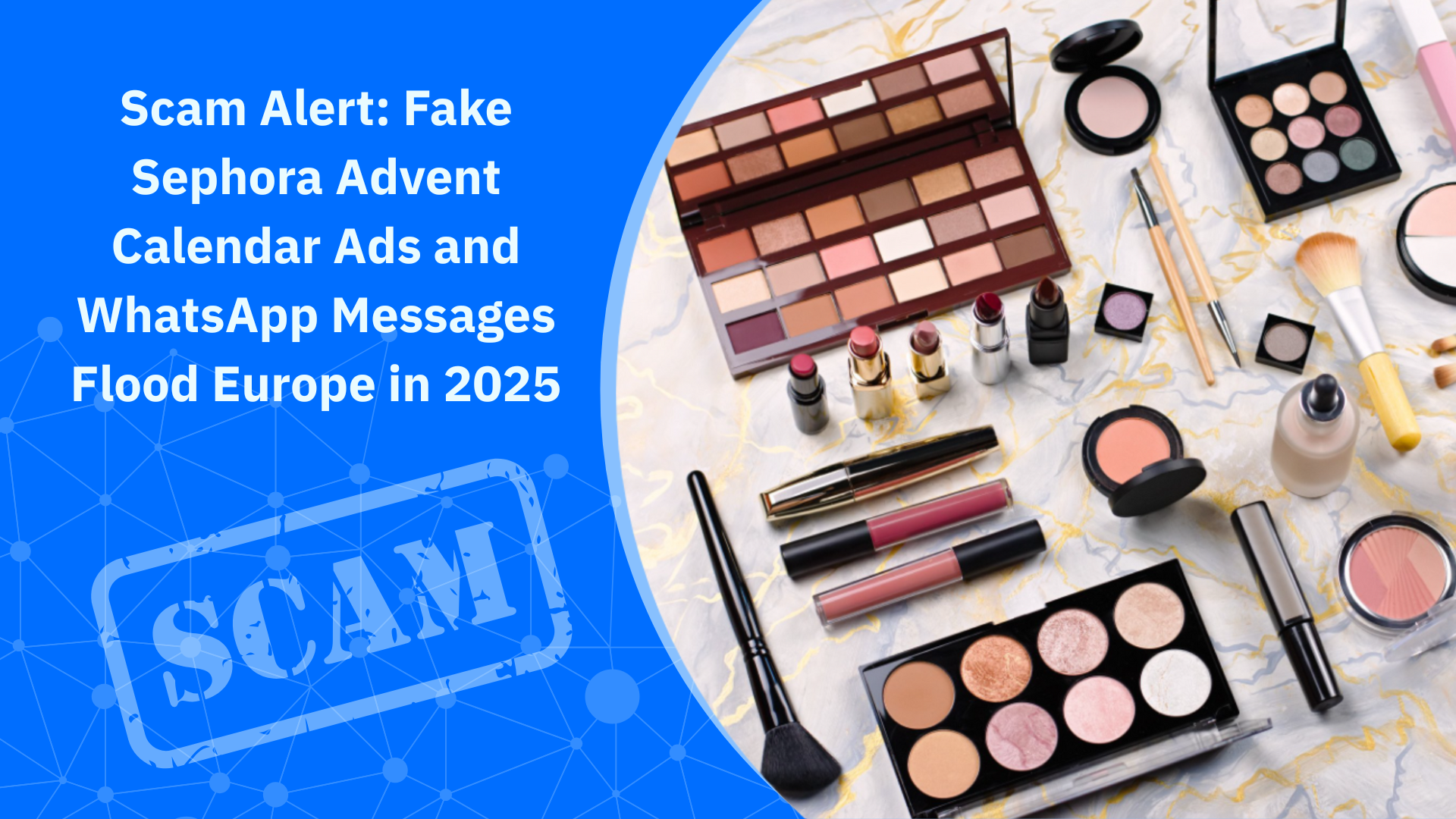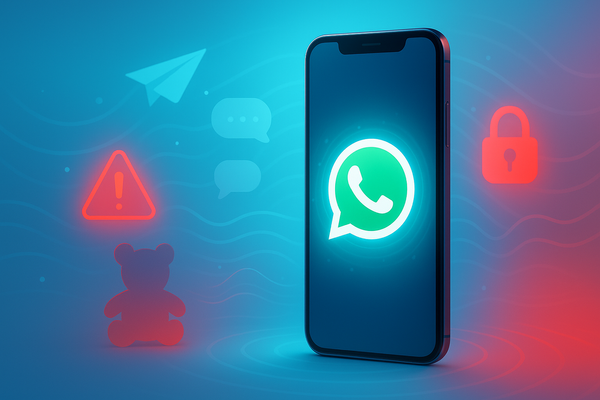Why Parents Should Worry About Kids and Teen Viral Skincare Routines on Social Media

My tween niece loves to go through my beauty bag whenever I visit. I never let her use grown-up makeup; she likes to look at the shades, compare textures, and line up the little bottles like treasures.
Over time, she’s become a bit of a connoisseur of popular brands. Sometimes she calls me to ask, “Have you seen the latest lip oil or gloss launch?” And 99% of the time, I haven’t.
A year ago, she told me about a viral video of kids running into Sephora and destroying testers, some as young as 6 or 7. She laughed about it, but she also knew it wasn’t okay.
These beauty trends have seeped into kids’ worlds, even those without social media accounts. Viral skincare routines meant for adults are now being recreated by children and teens who mimic what they see online, layering serums and retinoids intended for mature skin, often without understanding the risks. Behind the glow filters and perfect lighting, these trends can quietly harm not just their skin, but also their self-image.
The ‘Sephora Kids’ Phenomenon
A recent analysis published in Pediatrics examined 100 viral TikTok videos of skincare routines created by users aged 18 or younger. The average creator was between 7 and 18 years of age, and each video had over 1.1 million views.
The study found these routines featured an average of six skincare products, costing roughly $168 per regimen. Only one in four included sunscreen, arguably the most important skincare step. Many of the featured products contained active ingredients linked to irritation, allergic contact dermatitis, and sun sensitivity. Some were even listed in the Pediatric Baseline Series used in allergy patch testing.
What’s more troubling is that this isn’t just about skincare; it’s about identity. Kids are learning early that beauty is a kind of currency online. They see influencers rewarded with likes, sponsorships, and admiration, and they internalize the message that appearance equals worth.
Even children without social media accounts can’t fully escape the pull of these trends. TikTok and YouTube Shorts clips are reshared everywhere: on family phones, in classrooms, and on YouTube Kids and Instagram Reels.
The moment a child lingers on a single beauty-related clip, algorithms rush in to recommend more of the same. The content becomes more specific, more aspirational, and in some cases, more commercial. Brands and influencers often disguise promotions as “routine shares” or “morning skincare diaries,” blurring the line between genuine advice and marketing.
This algorithmic exposure doesn’t just fuel consumerism. It shapes self-perception, especially among young girls. Kids start believing they need to “fix” or “improve” themselves before they’ve even hit puberty.
Online Trends Affect Real Health
Pediatric dermatologists warn that many viral skincare ingredients, such as exfoliating acids, retinoids, or concentrated serums, can disrupt the natural skin barrier in children. That can lead to redness, irritation, breakouts, and even long-term sensitivity.
The physical impact is real, but so is the psychological one. The pursuit of “glass skin” or “flawless glow” can breed comparison, anxiety, and unrealistic expectations. Kids mimic adults, but they’re also mimicking filters, not reality.
When Online Trends Meet Real-World Scams
The fascination with beauty products isn’t just driving kids toward unnecessary skincare; it’s also leaving families vulnerable to scams.
A friend recently told me about something she witnessed at a doctor’s office. A young girl was happily telling her mom that she wants to enter a giveaway to win 25 Sephora products, an advent calendar filled with makeup and skincare. The mom, curious but cautious, took out her phone to check. Within seconds, she realized it was a scam circulating on WhatsApp and social media, promising free beauty boxes in exchange for personal data and clicks.
It’s not an isolated case. We’ve recently issued a scam alert on our blog regarding fake Sephora Advent Calendar ads and WhatsApp messages flooding Europe, luring users to phishing pages that harvest sensitive information and steal money.
How Parents Can Step In and Stay Involved
This is where digital and physical safety meet. You can’t shield kids from every viral trend, but you can teach them to navigate the trends wisely.
Here’s how parents can help:
- Turn your kids’ curiosity into a dialogue by asking them what they’re watching and what they like about it
- Harden their logins. If your child uses social apps, secure their accounts with unique passwords, 2FA, and privacy settings. Use parental controls where appropriate.
- Protect your phone first. Kids often browse on shared devices. Keep yours protected with anti-fraud, anti-phishing, and parental control features to filter harmful content and links.
- Think before you share. Discourage posting personal photos, beauty routines, or brand names that could expose identity or invite unwanted attention.
- Let good AI work for you. Tools like Bitdefender Scamio and Bitdefender Link Checker can help families spot deceptive links, fake product promotions, or scammy “skincare deals” shared online.
tags
Author
Alina is a history buff passionate about cybersecurity and anything sci-fi, advocating Bitdefender technologies and solutions. She spends most of her time between her two feline friends and traveling.
View all postsRight now Top posts
How Kids Get Automatically Added Into WhatsApp Groups with Horrific Imagery Without Consent
November 24, 2025
Scammers Exploit Hype Around Starbucks Bearista Cup to Steal Data and Money, Bitdefender Antispam Lab Warns
November 18, 2025
Scam Alert: Fake Sephora Advent Calendar Ads and WhatsApp Messages Flood Europe in 2025
November 17, 2025
ClickFix Malware Chain Expands: Fake TradingView and Sora 2 Ads On Meta Now Target macOS Users
November 17, 2025
FOLLOW US ON SOCIAL MEDIA
You might also like
Bookmarks






